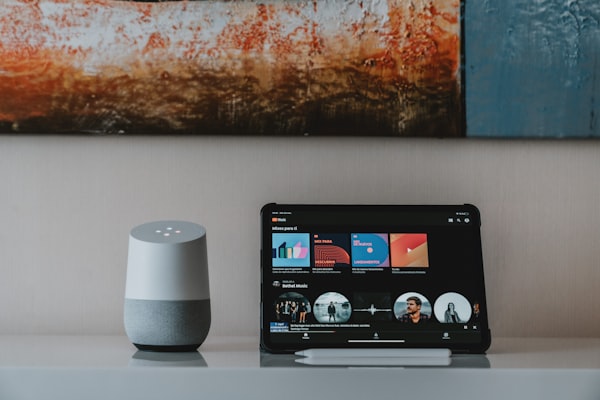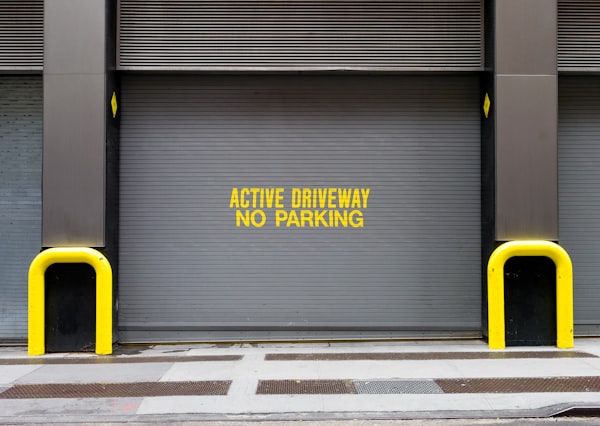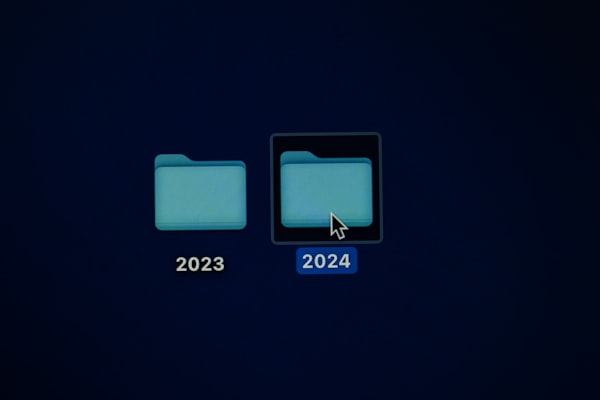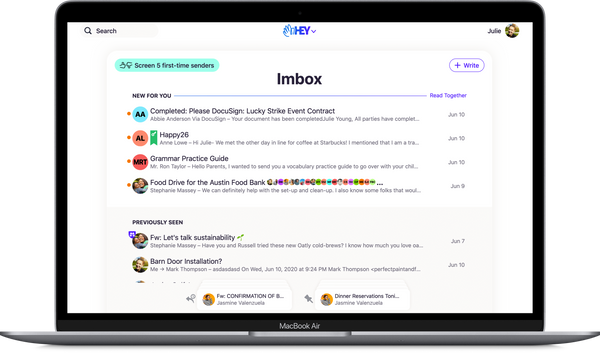Smartphone Cameras Compared to a Pro Camera
Your smartphone is a mini camera, but this convenience has a price, your photo quality is worse than you think.

Pockets now have cameras, yes, your phone is a mini camera that can capture good, funny, interesting moments; however, its convenience has a price.
Convenience is human’s most common flaw; we will always choose convenience rather than anything else.
Before we used to hire a stranger, who made us stay still for hours to capture a “beautiful” family photo that only our parents would love. Thankfully, those days are over, and technology is moving so rapidly that we have cameras in our pockets now.
Anyway, coming back to 2021, your phone can capture beautiful (mediocre) photos, you don’t require special lenses or photographic knowledge, you only need to point and shoot; the interface is so intuitive that even our grandma/grandpa can take a picture of their garden now.
But hold on, not everything is good; phone cameras lack sometimes “pro” or manual modes, and the lenses and the sensors are small so the number of details that are captured in the photo is lower compared to a camera; this is not an issue, but a physical limitation of the sensor and lens.
However, in the last 3 years, manufacturers have been implementing AI (Artificial intelligence) software which helps you get better photos from the social media context. Smartphone Camera photos are optimized to be shared over the internet, as bandwidth is a big limitation for most people, and compression applies to all those photos.
Compression is not bad; in the Music Apps vs Quality Music post, we discussed some advantages and the downsides of compressing media. In photographic compression, it changes how you intend people to look at your photos and how they perceive them.
Let’s dive into a photographic comparison so we can understand the ways photo compressions affect the quality of the picture.
Comparison
Full HD photo
about 5.9MB Full HD photo — Canon T6 Camera Captured by me

Google Photos compressed version
0.68 MB x10 times smaller than the original version

WhatsApp compressed version
0.16 MB x37 times smaller than the original version and x4 times smaller than the Google Photos Compressed version

If we look and compare the three different versions of the photo, Full-res, Google Compressed, and WhatsApp compression you will see three major changes:
- The compression algorithm washed the color out. Green is less green, and blue, red, and yellows are more pallid in the compressed versions.
- The higher the compression the worse the Background blur gets.
- The compressed photos have more noise. Compare the wave’s form, in the Full res the waves are noticeable but in the higher compression waves aren’t clear enough.
Should I use a camera or my smartphone camera?
If convenience is particularly important for you using your phone camera is the way to go; if you want to improve your phone's final photos, you may want to learn how to use the pro mode.
If you got an iPhone here is a rich video that meticulously explains iPhone Camera Pro Mode:
If you have an Android, I’ll leave a video about how to use the camera pro mode in a Samsung S21 Ultra:
But if the quality is your preference, then start carrying a camera and take a course about how to use the Manual mode which will allow you to capture more dramatic, authentic, and beautiful photos.
I took the next two courses to learn how to use my Canon T6 Rebel; both courses’ technical knowledge will apply to almost any DSLR camera.




